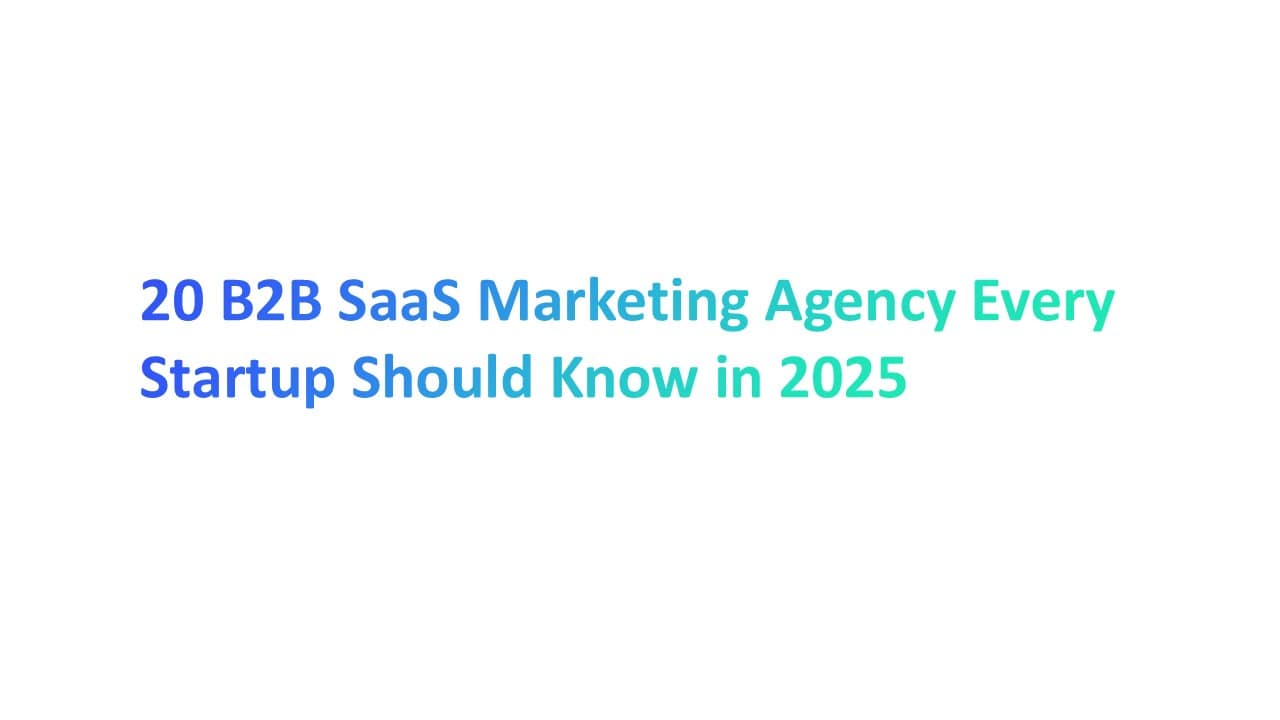Tired of clunky group emails and accidental "Reply All" nightmares? You're not alone in wanting to hide recipients when sending group emails .
In fact, over 400 million people use Microsoft Outlook, but most still don’t know how to send the same email to multiple recipients separately—without exposing everyone’s email.
Whether you’re managing client lists or sending internal updates, this guide will show you how to do it right. We’ll walk you through BCC, mail merge, and even personalization tricks—all using Outlook.
Plus, you’ll learn how to dodge spam filters and email limits like a pro. Ready to make your emails smarter (and safer)? Let’s get into it.
How to Send the Same Emails to Multiple Recipients Individually in Outlook
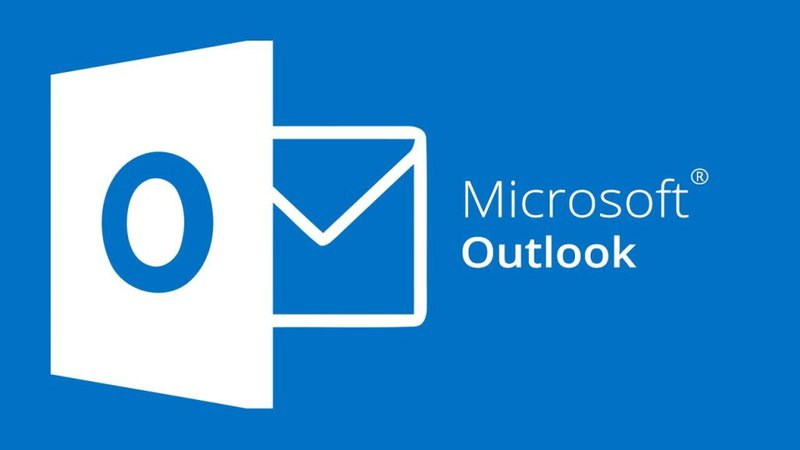
In Outlook, there are several methods to send the same email to multiple recipients separately, each offering various benefits for privacy, personalization, and email service efficiency. Here are the main approaches:
1. Using the BCC Field
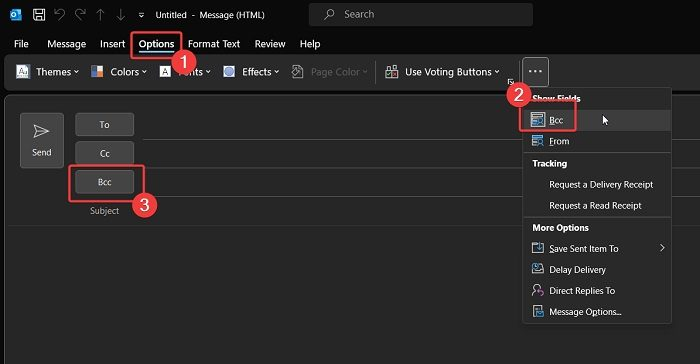
This is the most straightforward method for sending the same email to multiple recipients without revealing each other's email addresses. Simply compose one email, place all additional recipients in the BCC (Blind Carbon Copy) field, and send it.
The BCC feature is standard across almost all email providers, making it a widely accessible solution for privacy.
Each recipient receives the email as though it was sent exclusively to them, though it lacks any personalization beyond the core message content.
If you include all the recipients in the 'To' field, their addresses will be visible to everyone. However, when recipients are added to the BCC field, they cannot see each other's email addresses, ensuring privacy.
2. Mail Merge with Outlook and Word
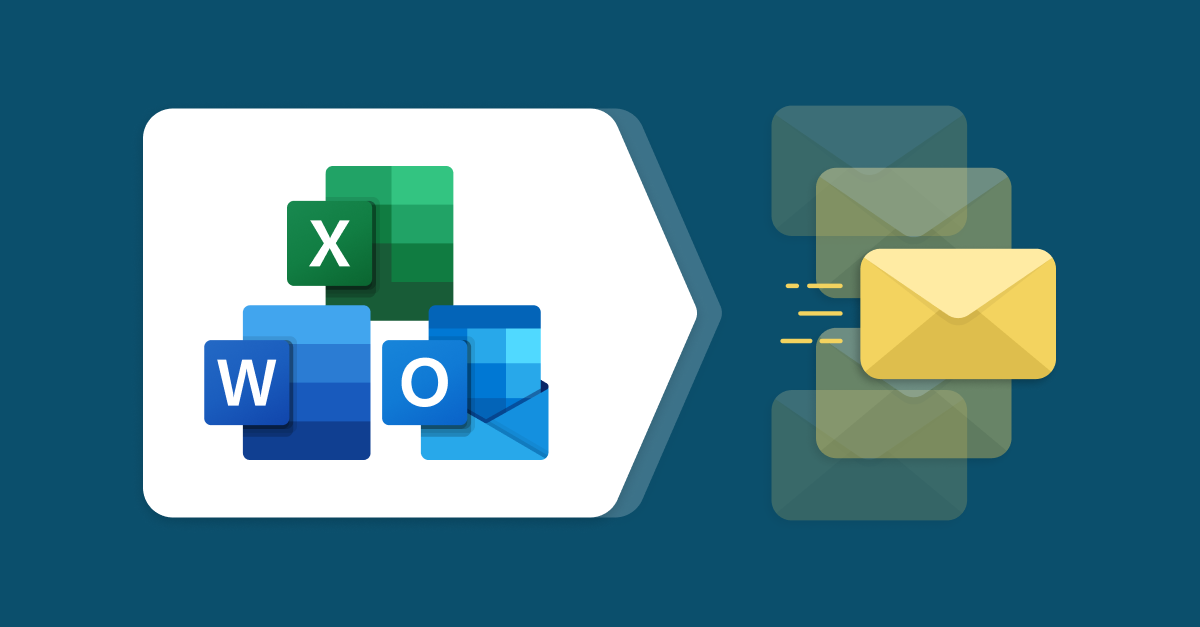
For a more personalized approach, such as adding the recipient's name or specific details to each email, you can utilize the Mail Merge feature.
This email tool involves creating a list of recipients in Excel, drafting a message in Word, and then merging these two to send customized emails via the Outlook app. Each recipient receives an individual email tailored specifically for them.
3. Distribution Lists or Contact Groups
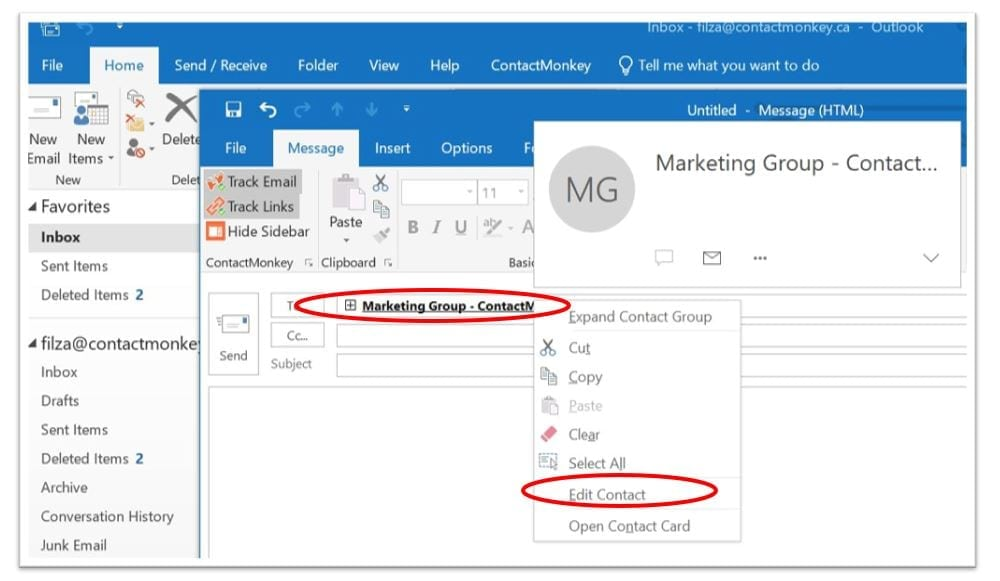
If you frequently send emails to the same group of individuals, creating a Contact Group from your contact list (previously known as a distribution list) in Outlook can be beneficial.
This method allows you to send an email to multiple people simultaneously, although it doesn't send separate emails or conceal the recipients' email addresses from one another. If privacy isn't a primary concern, this approach is an efficient way to manage group email communication.
4. Third-Party Add-ins
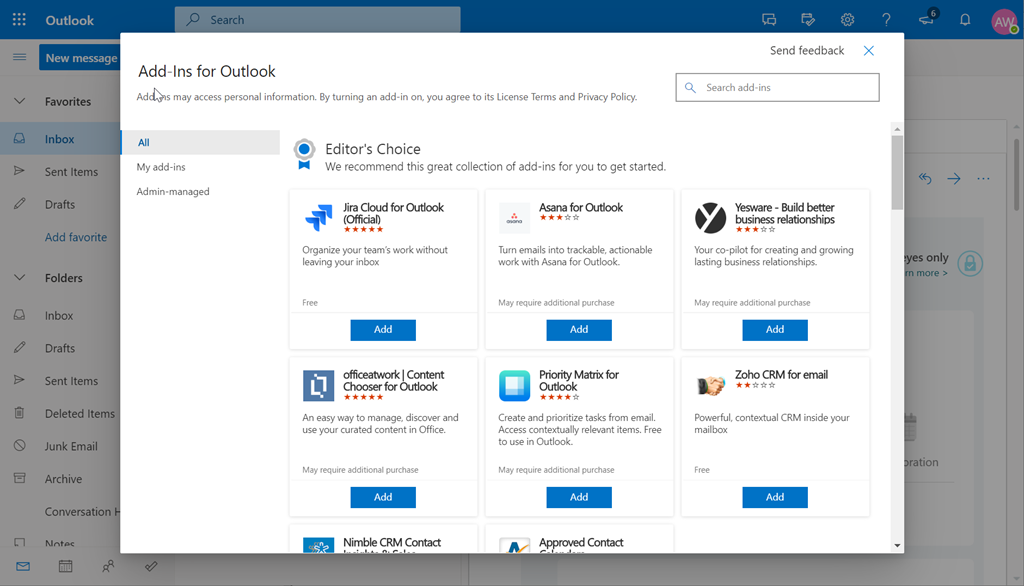
Outlook offers various add-ins and external tools designed to extend its emailing capabilities. These tools provide advanced options for sending bulk emails individually, featuring capabilities such as tracking, scheduling, and enhanced personalization.
Additionally, email automation tools provide analytics for tracking email opens and engagement, helping you measure the effectiveness of your campaigns. While these tools require additional setup, they may also involve extra costs.
5. Automated Email Campaign Tools

While not a native feature of Outlook, you can enhance its functionality by integrating it with email campaign tools such as Mailchimp or Constant Contact. These tools, accessible through add-ins or APIs, enable the sending of customized, individual emails to extensive recipient lists.
This approach is particularly popular for marketing emails and requires compliance with specific email marketing regulations.
"Looking for smarter ways to manage emails? Discover Alore’s tools to take your email campaigns to the next level!"
How to Send Bulk Emails in Gmail Without Revealing Recipients
Sending bulk emails while keeping the recipient's email address and details private is crucial for professionalism and maintaining trust. Gmail makes this easy with its BCC (Blind Carbon Copy) feature and additional tools. Follow these for more detailed instructions and steps:
1. Compose Your Email - Learn about the main components of an email to enhance your message.
- Log into your Gmail account and click on the “Compose” button.
- A new message window will open where you can write your email content.
2. Use the BCC Field
- In the email composition window, locate the “To” field.
- Instead of adding recipients here, click on “BCC” (usually displayed next to the CC field).
- Add all recipient email addresses in the BCC field. This ensures that recipients won’t see each other’s email addresses.
3. Write a Personal and Engaging Email
- Use a clear and concise subject line that grabs attention.
- Personalize the body of the email if possible, addressing recipients as “Dear Customer” or “Hello” to maintain a friendly tone.
- Avoid spam-triggering keywords like "Free" or "Urgent" to prevent your email from landing in the spam folder.
4. Attach Files or Images if Needed
- If your email includes attachments, click on the paperclip icon to add them.
- Ensure the files are appropriately named for easier understanding.
5. Review Before Sending
- Double-check all email addresses in the BCC field for accuracy.
- Preview your email to ensure there are no typos or formatting issues.
- Once everything looks perfect, hit the “Send” button. Gmail will deliver your email to all BCC recipients individually, keeping their details private.
Pro Tip: Use Google Workspace for Large Mailing Lists
- Gmail has a sending limit of 500 recipients per day for regular accounts and 2,000 recipients per day for Google Workspace users. If you need to send to more people, consider upgrading or using tools like Mail Merge with Gmail.
Bonus: Mail Merge for Personalization
- For personalized bulk emails, use Google Sheets and the Mail Merge feature via Gmail Add-ons like "Yet Another Mail Merge." This tool allows you to customize emails with recipient names and details, making them more engaging.
"Simplify email personalization and management. Try Alore’s Drip Campaigner for tailored solutions!"
Send Same Emails to Multiple Recipients Using Mail Merge in Outlook
Using mail merge to send the same email to multiple recipients separately is an efficient way to personalize bulk emails for individual recipients. Here’s how to do it using Microsoft Word and Outlook:
Step 1: Prepare Your Recipient List

Create a Data Source: Use an Excel spreadsheet or database as your recipient list, ensuring it includes fields like first name, last name, and email address.
Format Your Data Source: Label each column clearly (e.g., FirstName, LastName, EmailAddress) and ensure data accuracy.
Step 2: Write Your Email in Word
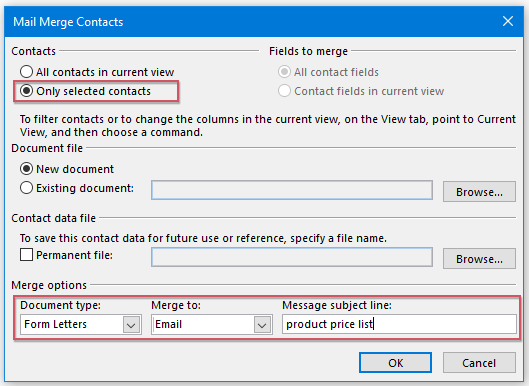
Start Mail Merge: In Word, go to the "Mailings" tab and select "Start Mail Merge," choosing "E-mail Messages."
Compose Your Email: Write your email body using fields that will be replaced with actual data during the merge.
Step 3: Connect Your Recipient List
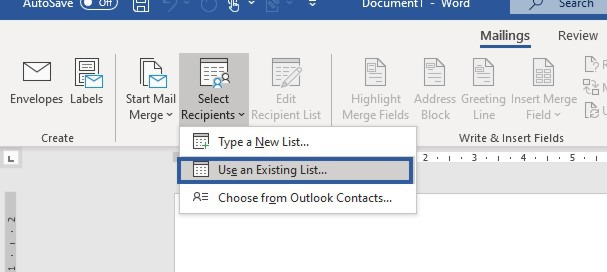
Select Recipients: Under the "Mailings" tab, click "Select Recipients" and choose "Use an Existing List" to link your data source.
Edit Recipient List: Filter and adjust your list to target the right group of people.
Step 4: Preview and Finish the Merge

Preview Your Emails: Use "Preview Results" to check your emails with actual data.
Finish & Merge: Click "Finish & Merge," select "Send E-Mail Messages," and configure the dialog box to send your emails.
Step 5: Send Emails via Outlook
Emails Sent Through Outlook: Ensure Outlook is set up correctly to send bulk emails.
Tips for Successful Mail Merge
Test First: Send a test email to ensure everything is correct.
Comply with Email Regulations: Obtain consent from recipients and include an unsubscribe option to comply with regulations like GDPR or CAN-SPAM.
How to Send Emails to Multiple Recipients with Different Attachments

In Outlook
1. Leverage Mail Merge for Attachments
- Step 1: Organize your recipient information in an Excel spreadsheet, including columns for names, email addresses, and attachment file paths.
- Step 2: Utilize a third-party add-in like “Mail Merge Toolkit” to facilitate attaching different files for each recipient.
- Step 3: Launch Word and craft your email template. Insert merge fields (e.g., recipient name) for personalization.
- Step 4: Link your Excel file in Word using Mail Merge and set up the add-in to associate attachments from the file paths column.
- Step 5: Preview the outcomes and send personalized emails with attachments via Outlook.
2. Manually Dispatch Emails
- Draft a new email and input your first recipient in the “To” field.
- Attach the specific file for this recipient.
- Repeat the process for other recipients by duplicating the email content and swapping out the attachment. Although manual, this ensures precision for a limited number of recipients.
In Gmail
1. Employ Google Sheets and Add-Ons
- Step 1: Develop a Google Sheet with recipient details and attachment links (e.g., Google Drive URLs or local file paths).
- Step 2: Add an extension like “Yet Another Mail Merge” (YAMM).
- Step 3: Compose your email in Gmail, leaving placeholders for personalization.
- Step 4: Use YAMM to merge the email with data from Google Sheets. Advanced YAMM options allow attaching different files via links.
2. Manually Dispatch Emails
- Create individual emails, attach specific files, and send them to each recipient. Gmail's native Mail Merge lacks attachment capabilities, making tools like YAMM more efficient.
How to Personalize Emails for Individual Recipients' Email Addresses Using Mail Merge
Personalizing emails through mail merge involves using recipient data to make each message feel tailored. Here's how to enhance personalization with Microsoft Word and Outlook:
1. Gather Recipient Data
Collect relevant information like names, company names, and email addresses in an Excel spreadsheet to personalize your emails effectively.
2. Use Conditional Statements
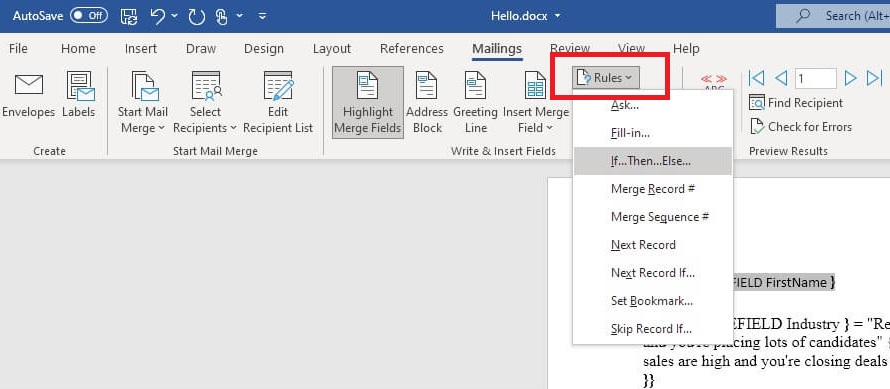
Utilize Microsoft Word's conditional statements (IF...THEN...ELSE) to customize email parts based on specific criteria, such as location or purchase history.
Example:
{ IF { MERGEFIELD City } = "New York" "Greetings to our New York friends!" "Hello from our team!" }
3. Incorporate Merge Fields
Insert merge tags in impactful areas like the greeting line and body text to enhance personalization.
4. Segment Your List
Divide your recipient list into smaller groups with shared characteristics to tailor content more specifically.
5. Craft Your Email Carefully
Ensure your email content flows naturally around personalization fields for a seamless reading experience.
6. Preview and Test
Always preview and test your emails to ensure personalization works as intended.
7. Update Your Data Source
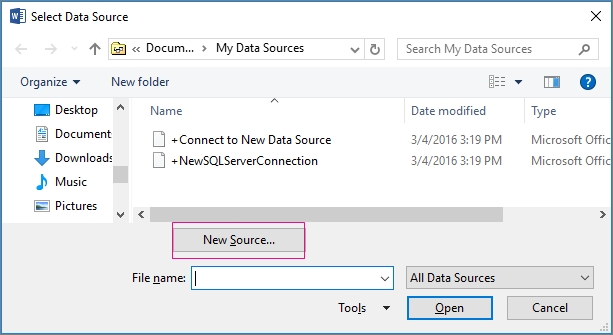
Regularly update your data source to keep personalization relevant and accurate, enhancing communication effectiveness.
How to Avoid the Spam Folder When Sending the Same Email to Multiple Recipients in Outlook
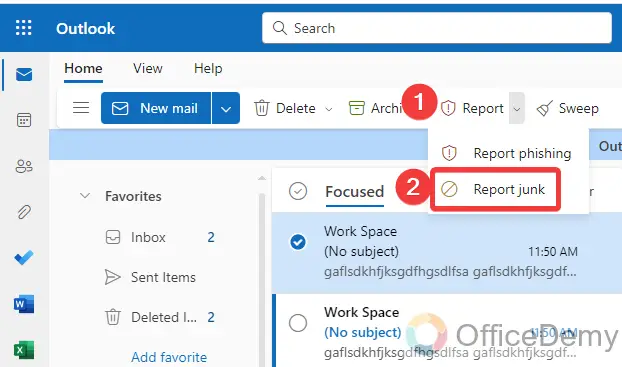
To prevent your emails from being marked as spam when you send multiple emails with the same message to multiple recipients in Outlook, it's essential to adhere to several best practices. These ensure your emails reach the intended recipients without being flagged by spam filters.
Here are some strategies to help you achieve this:
- Utilize the BCC Field: When emailing multiple recipients, place their addresses in the Blind Carbon Copy (BCC) field. This keeps recipients' email addresses confidential from each other and helps avoid your email appearing as a mass send.
- Personalize Your Emails: Adding personalization can greatly reduce the chances of your emails being marked as spam. Use mail merge features or email marketing tools that allow for personalization elements (e.g., recipient's name) to make each email appear unique.
- Avoid Trigger Words: Certain words and phrases can activate spam filters (e.g., "Free," "Guarantee," "No risk"). Maintain a neutral and professional tone to avoid these triggers.
- Maintain a Clean Mailing List: Regularly update your mailing list to remove invalid or inactive email addresses. Sending emails to lists with high bounce rates can damage your sender reputation.
- Include an Unsubscribe Option: If you're sending marketing emails or newsletters, always provide an option for recipients to unsubscribe. This is not only a best practice but also a legal requirement in many areas.
- Limit Recipient Numbers per Email: Instead of sending to a large number of recipients at once, consider breaking your list into smaller groups and sending your email in batches. More details on email sending limits can assist in understanding and managing these limits.
- Use a Reputable Email Marketing Service: For regular bulk email sending, consider using an email marketing service like Mailchimp, Constant Contact, or SendGrid. These services are designed to enhance deliverability and minimize the risk of being flagged as spam.
- Authenticate Your Email: Ensure your emails are authenticated using standards like SPF (Sender Policy Framework), DKIM (DomainKeys Identified Mail), and DMARC (Domain-based Message Authentication, Reporting & Conformance). This helps verify your identity as a sender and reduces the likelihood of being marked as spam.
- Craft Clean and Professional Content: Avoid excessive use of capital letters, exclamation points, and images. A well-structured, text-based email with a clear message is less likely to be flagged as spam.
- Monitor Your Sender Reputation: Utilize tools like SenderScore to keep track of your sender reputation. A poor sender reputation can lead to your emails being filtered as spam.
- Simulate Human Behavior: To improve email deliverability, maintain a gap of a few minutes between sending BCC emails, simulating human behavior.
Common Problems When Sending the Same Emails to Multiple Recipients
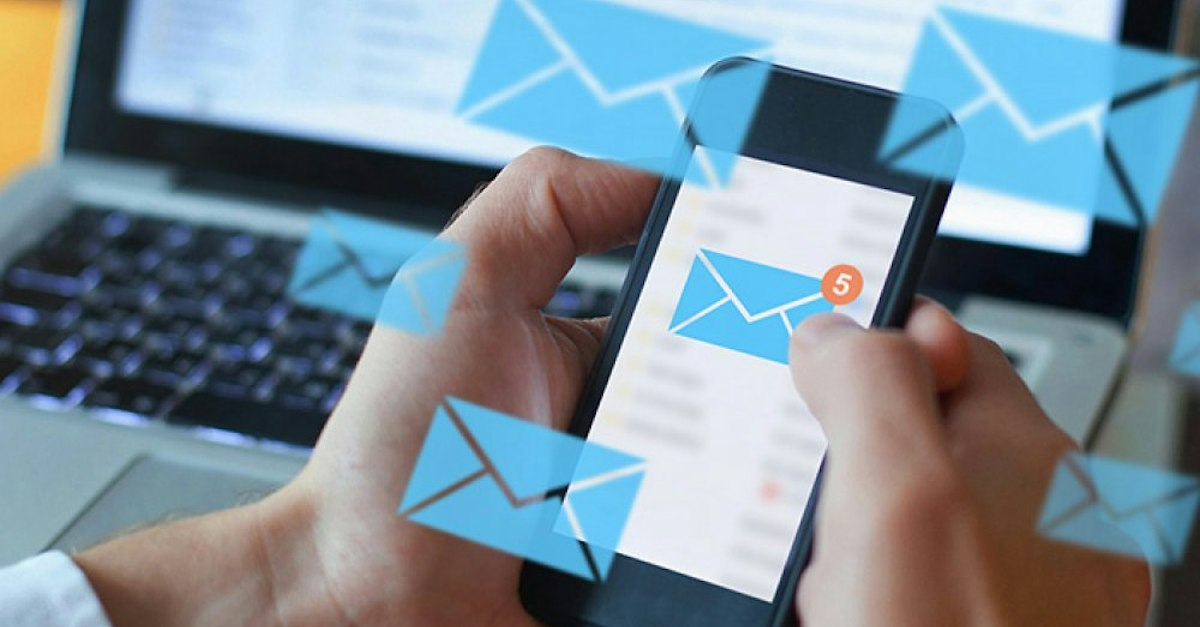
When sending the same email to multiple recipients, several common issues can arise when sending a mass email , impacting both deliverability and communication effectiveness.
These challenges can occur across various platforms, including Gmail, Outlook, and Apple Mail. Understanding these issues can help you address them more effectively.
1. Spam Filters Targeting Bulk Emails
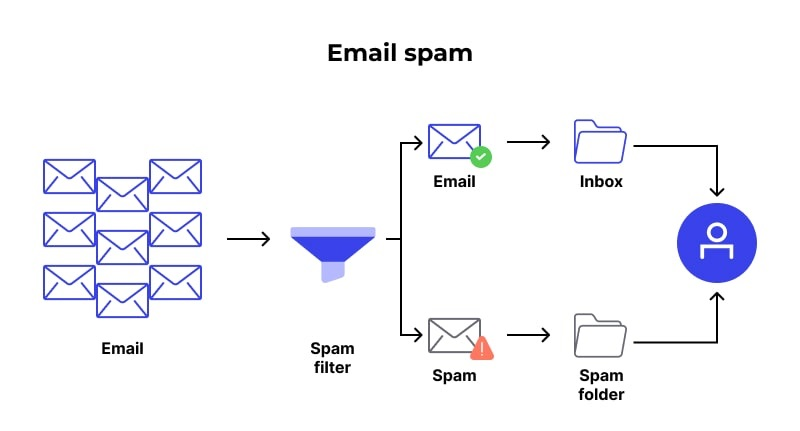
A key problem with sending bulk emails, particularly from a Gmail account, is that spam filters may intercept the email message.
Mass emails often trigger spam algorithms, causing your message to be redirected to the spam folder, which reduces its visibility to your intended audience.
2. Challenges in Personalization
Sending a uniform email message to a large group makes it difficult to address each recipient individually, especially when using standard email templates .
Personalization is vital for engagement and response rates. Without it, recipients may find the message irrelevant, leading to decreased interaction.
3. Managing Email Addresses of Recipients
Keeping track of recipient email addresses, especially when using personal email clients like Apple Mail, can become cumbersome.
There's a risk of accidentally including the wrong recipients or omitting intended ones, which can compromise privacy or lead to missed communications.
4. Limitations of BCC and Visibility Concerns
While using the Blind Carbon Copy (BCC) feature the bcc option is a common way to send an email to multiple recipients without disclosing their email addresses. to each other, it has its limitations.
For example, each email client, including Gmail and Apple Mail, has a limit on the number of recipients you can include in a single email. Additionally, extensive use of BCC can sometimes trigger spam filters, as it is a tactic often used by spammers.
Never place all the email addresses in the ‘To’ or ‘CC’ field unless you want everyone to see each other’s info.
5. Accidental Reply-All Incidents
When recipient email addresses are placed in the CC field instead of the BCC, it can lead to "reply-all" incidents, where a reply meant for the sender is sent to all recipients.
This not only causes embarrassment but can also lead to information being shared with unintended parties.
6. Increased Risk of Blacklisting
Sending emails to multiple recipients, especially without their consent, increases the risk of your email address or domain being reported as spam.
If this occurs frequently, your Gmail account or domain might be blacklisted, severely affecting your ability to send future communications.
7. Challenges with Email Client Limitations
Different email clients, such as Apple Mail or Gmail, have varying limitations and functionalities.
These can affect how your email is displayed to recipients, the number of people you can email at once, and even the overall deliverability of your email messages.
Now you know how to send same email to multiple recipients separately Outlook style—whether it’s for privacy, personalization, or bulk messaging. From simple BCC tricks to advanced Mail Merge, Outlook gives you full control over how to send email effectively . Just follow the steps, avoid common mistakes, and stay compliant with email rules. Want to take it further? Tools like Alore can make your campaigns smarter and stress-free. Start sending like a pro—your recipients will notice the difference.





